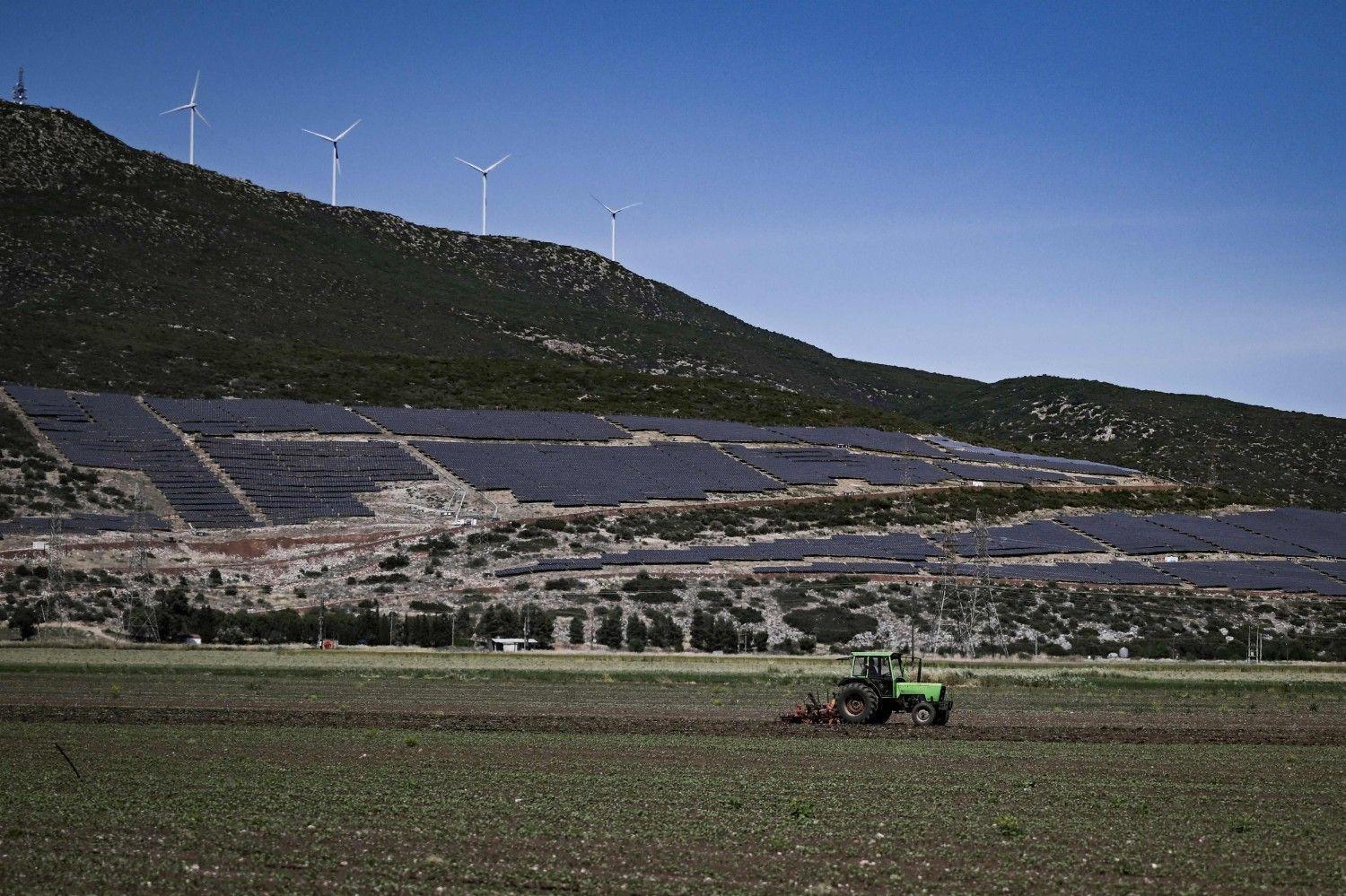Akdamar Island enchants visitors with unique blend of culture, nature
VAN

Akdamar Island, situated in the picturesque Van Lake in Türkiye, continues to draw thousands of visitors each year, thanks to its breathtaking natural beauty and rich historical significance.
Reached via a nearly 30-minute boat ride from piers in the eastern province of Van’s Edremit and Gevaş districts, the island captivates visitors with its serene views, almond blossoms in spring and the unique wildlife that includes a large population of rabbits.
But what truly defines Akdamar is its centerpiece: a medieval Armenian church that has become a symbol of both spiritual and historical importance.
The Akdamar Church was constructed between 915 and 921 A.D. by architect Bishop Manuel under the direction of King Gagik I Artsruni.
Richly adorned with bas-reliefs and architectural details that reflect a blend of religious and secular motifs, the church represents a significant legacy of medieval Armenian Christian art.
Its cultural importance was reinforced most recently in September last year, when the church hosted its 12th annual special mass — a once-a-year religious ceremony permitted since 2010 after a 95-year pause.
The event was led by Turkish Armenian Patriarch Sahak Maşalyan and drew attendees from across Türkiye and abroad, including emotional first-time visitors.
The church’s reopening for limited worship was made possible after extensive restoration work supported by Türkiye’s Culture and Tourism Ministry in the early 2000s.
Despite its popularity, the island also faces ongoing ecological challenges.
Rabbits, originally introduced nearly two decades ago to enhance the island's appeal, have since multiplied uncontrollably.
Their burrowing has caused damage to tree roots, soil erosion and harm to the vegetation surrounding the church.
While authorities attempted to control the situation by installing trap cages and releasing eagle owls to reduce the population in 2015, the measures fell short, with experts continuing to call for urgent intervention.
Still, for many visitors, the island remains a highlight of their trip to the region.
This year alone, approximately 60,000 tourists, including both locals and international visitors, have come to experience Akdamar's unique blend of history and nature.
It is a particularly popular destination year-round and is especially busy during holiday periods, such as the Islamic holiday Eid al-Adha, also known as the “Feast of Sacrifice.” This year, the celebrations began on June 6 and are set to conclude on June 9 in the country.
Visitors who’ve been to the island during the festive holiday praise its charm.
Günay Erdinç, a retiree from the northwestern city of Çanakkale, said he returned to Akdamar this year with a group of 45 travelers.
“I’ve seen 40 countries, but nothing compares to the beauty of our own country,” he said, labeling the island a perfect mix of history and natural beauty. He plans to return next year for the island’s festival.
Muhammed Bahadır, who traveled from the Black Sea city of Giresun, described the island’s history and views as “breathtaking,” recommending everyone to make the trip.
A local resident named Furkan Aydinç often brings guests to Akdamar and says it’s always their first stop in Van.
“Our visitors are in awe of this location. I try my best to give an overview of the island's history and our culture,” he said, noting that all of his guests leave the island with unforgettable memories. “We present our history, culture and hospitality here.”
















